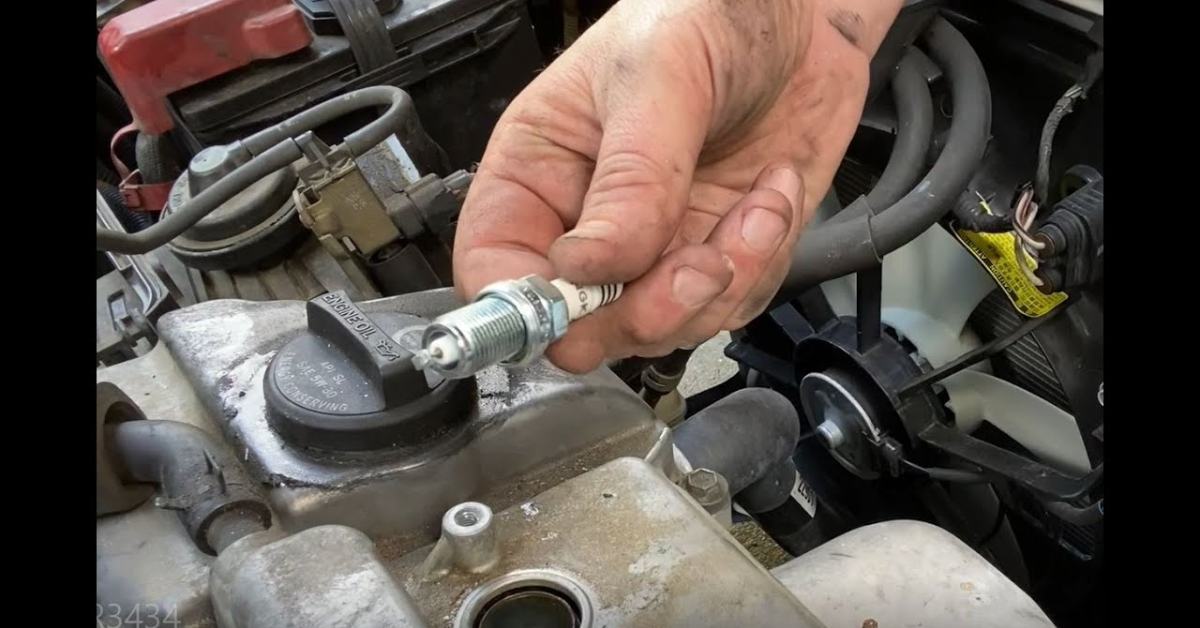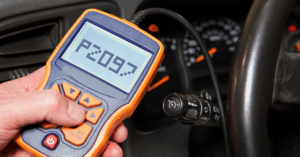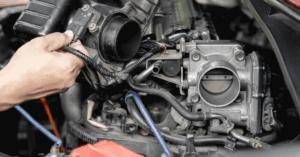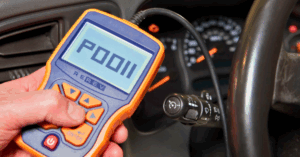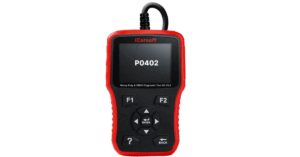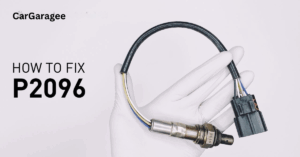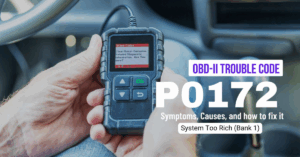When your car suddenly feels off and the check engine light shows up, your first instinct might be to call a mechanic. But what if you could figure out the problem yourself and even save some money in the process? That’s often the case when dealing with the P0305 error code—a sign of combustion failure in cylinder 5. With a basic OBD-II scanner, you can identify the issue before heading to a repair shop.
The scanner generates codes like P0305 to show exactly what’s wrong under the hood. While it doesn’t replace deep technical knowledge, it gives you a major head start. By getting your hands dirty and checking the engine yourself, you gain a better understanding of what’s going on. Even if you’re not a pro, tools like these—along with help from places like AutoZone—make it easier to stay informed and confident before you step into a shop.
What Does the Code P0305 Mean?
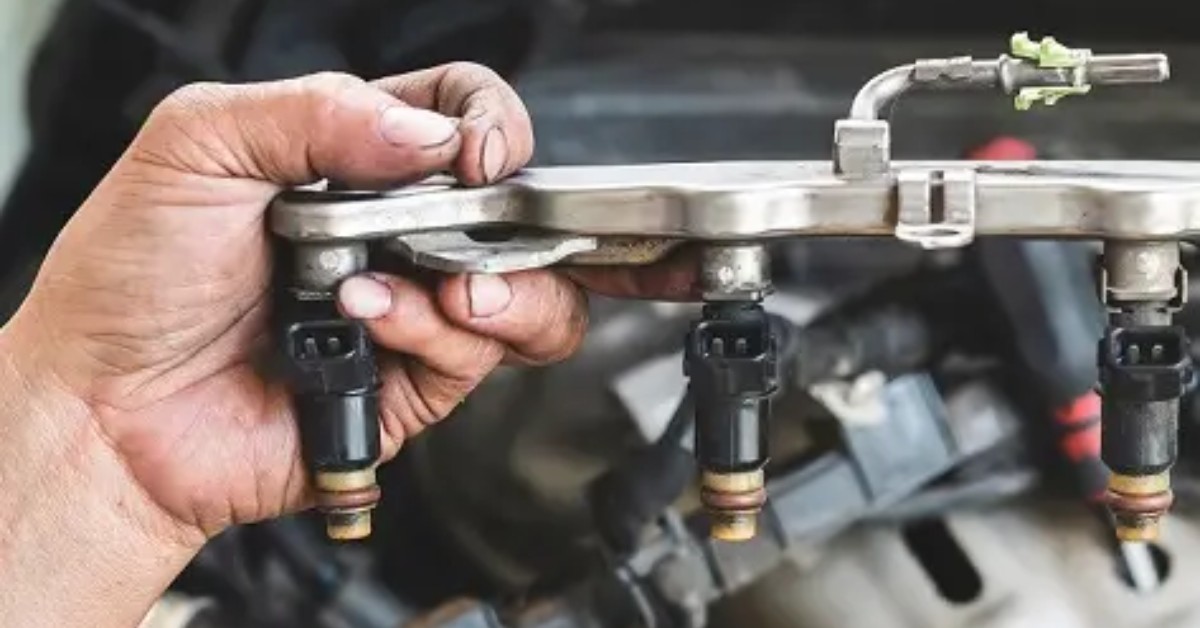
When code P0305 appears, it usually means a misfire has been detected in cylinder 5, and the DTC is logged by the PCM—the powertrain control module—after it has counted enough events to confirm a problem. To understand what it means, you need a basic grasp of how the engine works. A proper mixture of fuel and air is injected into the cylinder, and a spark triggers combustion. That force pushes the piston down, creating power.
If this doesn’t happen, likely, firing is not occurring due to a faulty ignition, mechanical failure in a valve, vacuum leak, clogged EGR port, or an issue in the manifold. Any one part in this system can cause the trouble, and when the PCM can’t control the output, it stores the code in the module. Understanding this helps you pinpoint the issue and fix it before bigger problems develop.
What are the Common Symptoms of the P0305 Code?
Check Engine Light Flashing or On
The most noticeable symptom of a cylinder 5 misfire is the check engine light, either flashing or staying solid. This is your vehicle’s built-in warning system telling you something’s wrong. When the light appears, the P0305 code is usually stored in the system. Ignoring it could allow deeper engine issues to develop. Always treat a flashing light as an urgent alert.
Rough or Choppy Engine Feel
If your engine starts to feel rough, especially while idling, a misfire might be the reason. The firing sequence gets disrupted, throwing off the engine’s natural rhythm. You’ll likely notice vibration or shaking more when stopped or moving slowly. This rough running is a common side effect of misfires. It points directly to disrupted combustion.
Hesitation or Jerking During Acceleration

When accelerating, if the car jerks, stumbles, or hesitates, it could be caused by incomplete combustion in cylinder 5. This symptom affects your driving comfort and response time. The misfire causes delays in the power delivery during throttle input. It becomes more noticeable under stress or load. Over time, these disruptions can worsen.
Poor Fuel Economy
A misfire wastes fuel by failing to ignite it completely in the cylinder. Because of this, your gas mileage may drop suddenly, causing you to refill more often. The engine works harder without gaining power, burning more fuel in the process. This inefficiency is directly tied to the cylinder not firing. It’s both costly and environmentally damaging.
Loss of Power While Driving
Driving up a hill or passing another car might suddenly feel harder than usual. This power drop often traces back to cylinder-specific engine trouble. This loss affects engine performance across all speeds. Acceleration feels slower, and throttle response becomes weaker. The engine becomes less efficient overall.
Exhaust Smell or Unusual Scent
If you notice a sharp or odd smell from the exhaust, it might be unburned fuel escaping due to the misfire. This symptom is more subtle but still important. Incomplete combustion allows raw fuel to exit the system, giving off a noticeable odor. You may detect it during idle or after driving for long stretches. It’s a sign your emissions system is under stress.
Engine Dying at Stops (Extreme Cases)
In more severe cases, your car might stall completely at a red light or stop sign. The misfire disrupts the idle balance so much that the engine can’t maintain power. This issue becomes dangerous in traffic and stressful to deal with. Frequent stalling is a clear sign that immediate repairs are needed. Ignoring it could lead to a complete engine shutdown.
What are the Possible Causes of the P0305 Code?
If your engine isn’t running right and the check engine light reveals a P0305 code, you’re not alone. This code points to a misfire in cylinder 5, but what actually causes it can vary. Below are the most common reasons why your vehicle may be triggering this frustrating error.
1. Ignition System Problems
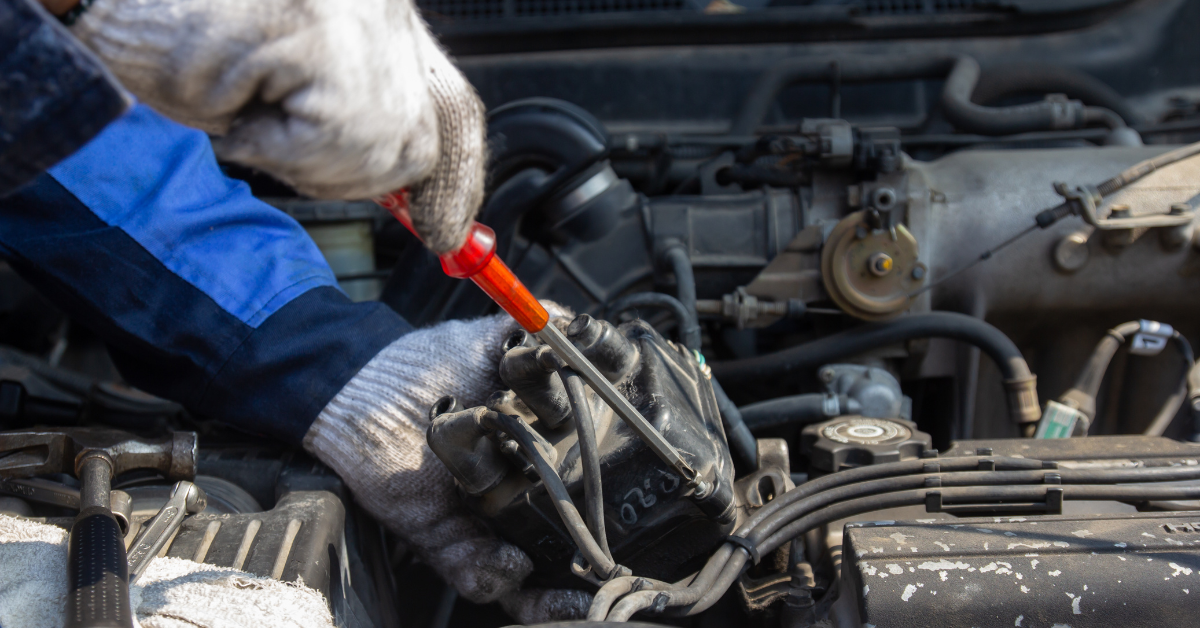
One of the top reasons behind code P0305 is failure in the ignition system. Faulty spark plugs, worn-out coils, or a cracked coil pack can prevent proper spark delivery to cylinder 5. Without an accurate spark, combustion becomes inconsistent or stops altogether. This results in continuous misfiring and rough engine performance. Replacing these components often resolves the issue quickly.
2. Fuel System Problems
Fuel must reach the cylinder at the right time and in the right amount for combustion to happen. A clogged injector, a faulty fuel rail, or a failed injector driver can disrupt this process. When fuel delivery is uneven, cylinder 5 won’t fire correctly. This creates an imbalance and leads to the P0305 code being stored. Fuel system diagnosis should be part of your troubleshooting checklist.
3. Mechanical Engine Issues
Mechanical problems like a leaky valve, a bad lifter, or worn piston rings can lower compression in cylinder 5. These parts play a key role in sealing the combustion chamber and ensuring proper pressure. When one fails, power drops, and misfires begin. A compression test often reveals such issues. Ignoring them can eventually lead to internal engine damage.
4. Multiple Codes Stored
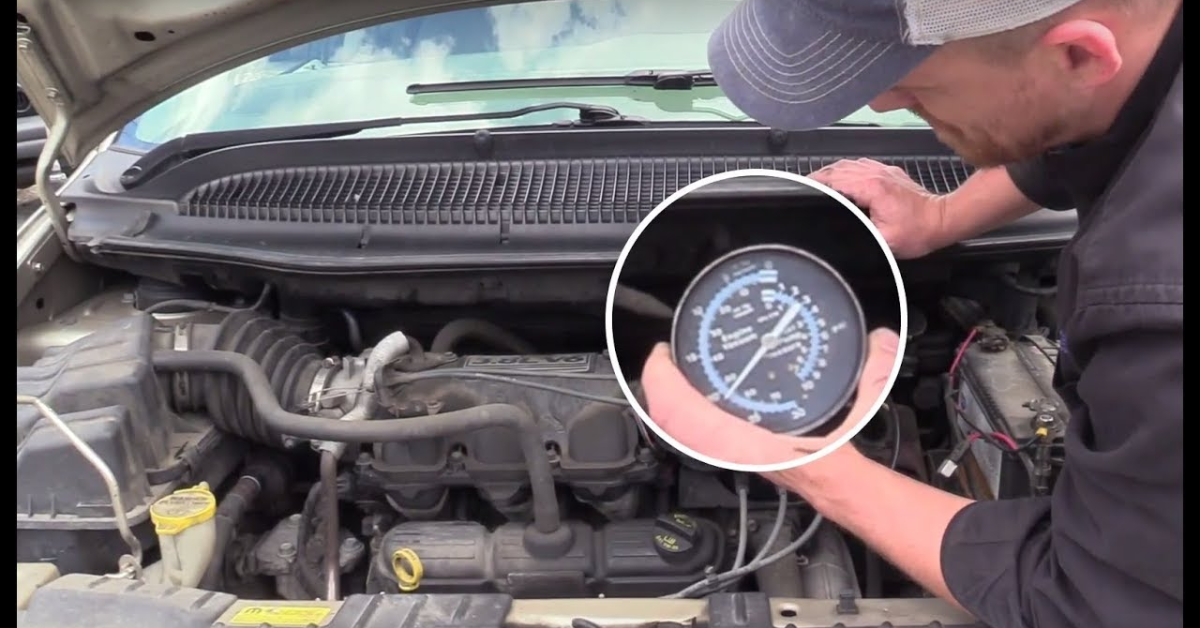
Sometimes, P0305 isn’t the only code in your system. If others are stored alongside it, the misfire may be part of a larger engine or sensor issue. Codes like P0171 or P0420 may point to fuel trim problems or converter inefficiency. This makes diagnosis trickier but more important. Always scan for and investigate all codes before replacing parts.
Can P0305 Damage Your Engine Over Time?
Ignoring P0305 isn’t just risky—it’s costly. A persistent misfire puts pressure on the catalytic converter, causing it to overheat or clog. It also leads to unburned fuel entering the exhaust, which damages oxygen sensors and reduces engine lifespan. The longer it runs rough, the more your pistons, valves, and plugs suffer. If left untreated, you might face a complete engine rebuild down the line.
How Long Can You Drive with Code P0305?
You might be tempted to keep driving if the car still starts and moves, but that’s a risk. The longer you drive with a misfire, the more damage your engine and emissions system could face. Fuel isn’t burned properly, leading to rough running, reduced power, and wasted gas. It also increases wear on engine parts designed to work under balanced combustion. Even if there’s no immediate breakdown, the hidden damage builds quickly.
Continuing to drive with code P0305 can also confuse the vehicle’s onboard computer over time, making it harder to detect new issues accurately. The misfire may cause the ECU to adjust fuel trims incorrectly, which throws off your air-fuel balance. This imbalance can lead to increased emissions and poor throttle response. Small vibrations or engine hesitation might become more frequent and severe. What starts as a minor inconvenience could easily grow into a costly repair if ignored.
How to Fix the P0305 Code
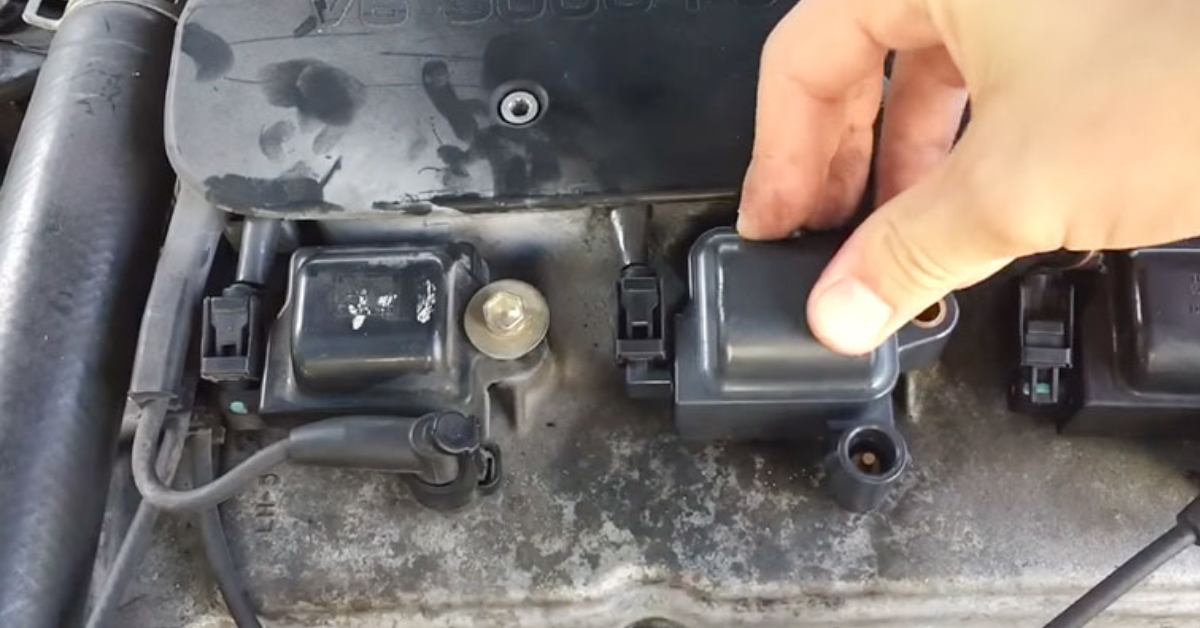
Fixing code P0305 can vary depending on your vehicle, since different models may experience the issue under unique conditions. There’s no one-size-fits-all solution, so understanding the exact cause is key. You can start by checking the factory repair information or using detailed manuals to confirm the suitability of your approach. Many drivers find that an ALLDATA subscription helps expand their technical know-how, especially if they want to handle things on their own. Make sure you feel confident before trying to resolve the problem yourself.
If things seem unclear, reaching out to a trusted mechanic is a smart move. An expert can pinpoint the root of the problem and determine the right action to fix it. Even if you enjoy DIY fixes, having professional backup ensures your repair goes in the right direction. Every vehicle reacts differently, and skipping proper steps may lead to more damage. A good mechanic will work with the right tools, accurate information, and experience to guide you through the right solution quickly.
Frequently Asked Questions
Q: How do I fix error code P0305?
A: Identify the root cause first, then repair or replace faulty parts such as spark plugs, ignition coils, fuel injectors, or valves.
Q: What can cause a cylinder 5 misfire?
A: A misfire in cylinder 5 may be caused by worn spark plugs, bad ignition coils, a clogged injector, vacuum leaks, or engine mechanical problems.
Q: Can a bad O2 sensor cause a cylinder 5 misfire?
A: Yes, but it’s less common. A failing O2 sensor can disrupt the air-fuel ratio, which may lead to occasional misfires.
Q: How much does it cost to fix a P0305 code?
A: Costs vary. A simple fix like replacing spark plugs may cost $50–$100, while major repairs like valve or lifter issues can exceed $1,000.

Mian Hashir is a passionate automotive enthusiast and the lead author at Car Garagee, a website dedicated to providing in-depth car reviews, maintenance tips, and the latest news in the automotive world. With years of experience in the industry, Hashir combines his technical knowledge with a love for cars to deliver insightful and engaging content. Whether you’re a car owner or a curious reader, Mian Hashir’s articles help readers make informed decisions, from choosing the right vehicle to understanding how to keep it in top condition.

